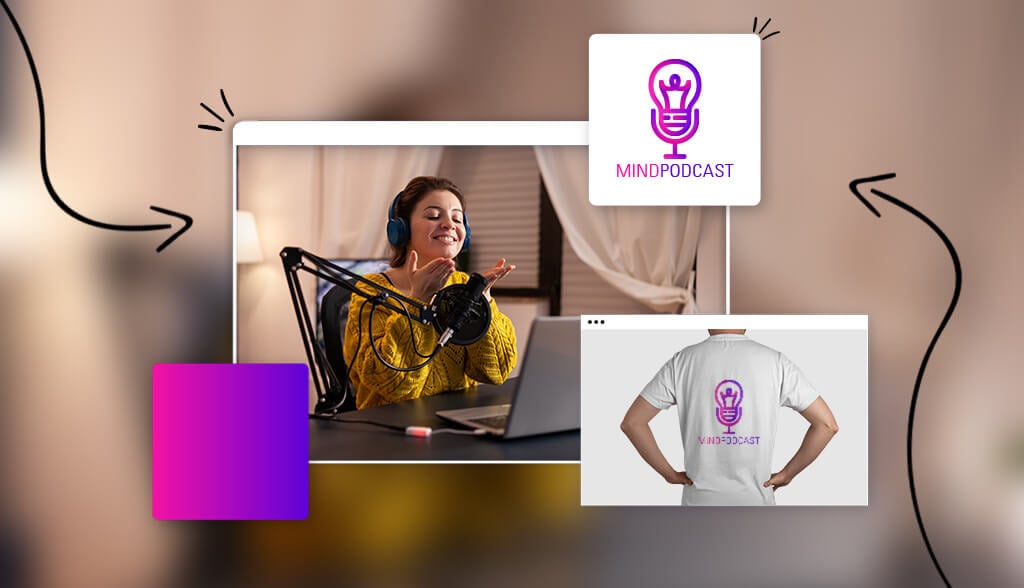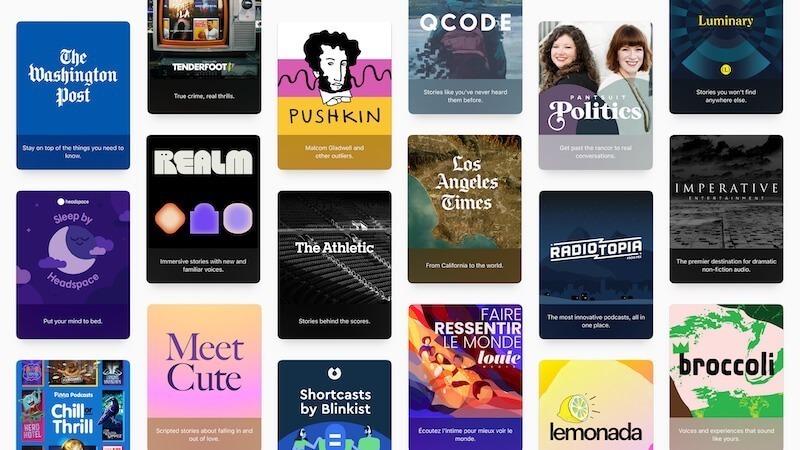The core components of any podcast are the quality of content and production.
Your brand’s unique and you use those qualities to deliver your message and create a reaction that gets people talking about your show. Your brand mentions should feel organic so listeners grow accustomed to them, increasing recognition and engagement consistently over time.
Audiences choose podcasts with value, and so you have to know what your audience wants to provide it.
To find what your audience wants, picture your ideal listener (known as an avatar). They’re one specific demographic that represents your entire audience. Then ask yourself who that person is and what they want/need to hear?
When you know who they are, create your podcast for them, include topics they’d like and make content decisions based on their needs. You can also look for questions they’re asking on other platforms or common problems they face and use those as your topic starting point.
When you focus on your podcast audience, you can tailor your branding message to create the value they’ll appreciate.


